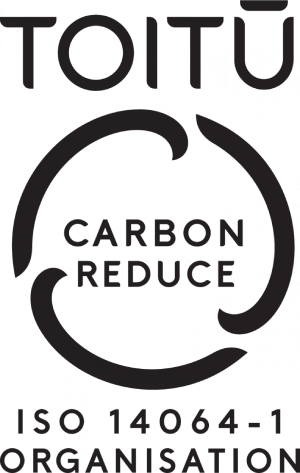Protected disclosures and offences for unauthorised disclosures
What the Act does
- Consolidates, simplifies, and strengthens the existing offences related to unauthorised disclosure.
- Clarifies that protected disclosures regarding classified information must only be made to the Inspector-General of Intelligence and Security (IGIS).
- Creates a new offence for people who hold a government security clearance, or people who have been given access to classified information on a confidential basis, who wrongfully communicate, retain or copy classified information.
- Extends the current offences of impersonating an employee of the New Zealand Security Intelligence Service (NZSIS), and publishing or broadcasting the identity of an NZSIS employee, to cover employees of the Government Communications Security Bureau (GCSB).
What is whistleblowing?
Protected disclosure (‘whistleblowing’) is when an employee of an organisation is able to disclose information about serious wrongdoing, wants the wrongdoing to be investigated and wishes the disclosure to be protected (kept confidential). For more information see section 6 of the Protected Disclosures Act 2000.
Employees (and former employees) of NZSIS and GCSB are prohibited from disclosing classified and/or intelligence and security information in an unauthorised way. If an employee of NZSIS or GCSB encounters evidence of wrongdoing by their employer (that might include classified and/or security and intelligence information) they can make a protected disclosure to the IGIS.
Extending the protected disclosure regime
The Act extends the requirement for protected disclosure of classified and/or security and intelligence information to cover other government employees (such as the Ministry of Foreign Affairs and Trade). Previously the Ombudsman was identified as the responsible authority for protected disclosure, not the IGIS.
The IGIS is the appropriate office to deal with such disclosures, as it is the only entity with wide enough powers of inquiry, and all IGIS staff have appropriate security clearances.
Consolidating and strengthening unauthorised disclosure offences
The Act also addresses the offences for unauthorised use and disclosure of classified and/or security and intelligence information.
Under the previous legislation employees (and former employees) of NZSIS and GCSB were prohibited by law from disclosing intelligence and security information in an unauthorised way. People working with the IGIS, or the Intelligence and Security Committee, could not use or disclose information related to the proceedings of those two bodies. Many of these offences have been consolidated in the Act.
The Act creates a new offence for people who hold a security clearance, or people who have been given access to classified information on a confidential basis, who wrongfully communicate, retain or copy classified information.

